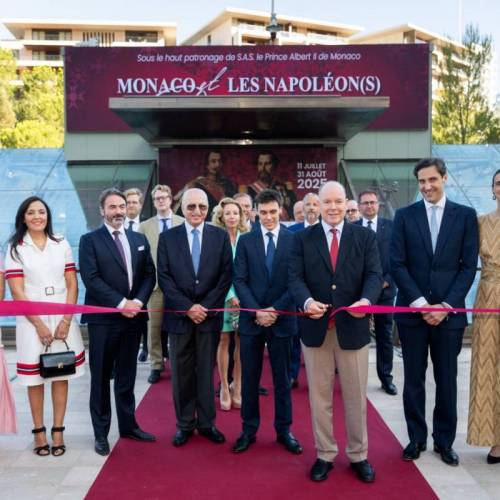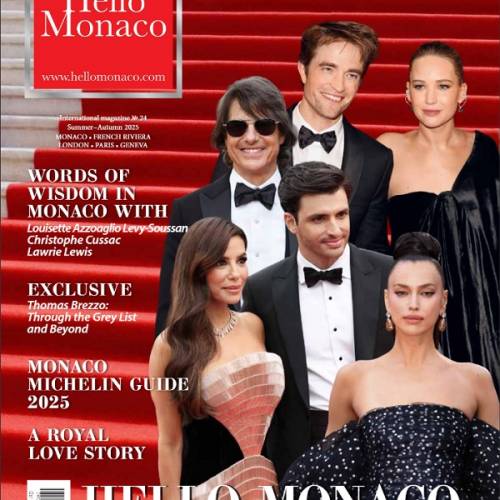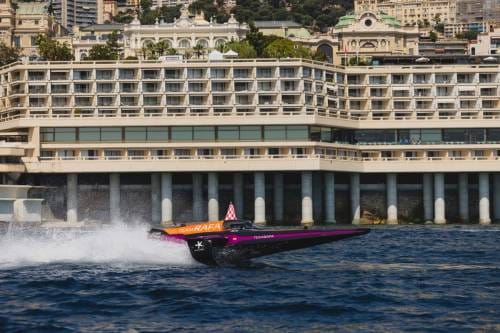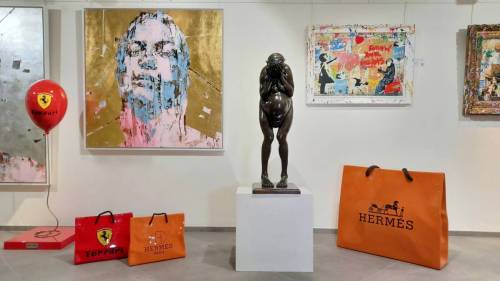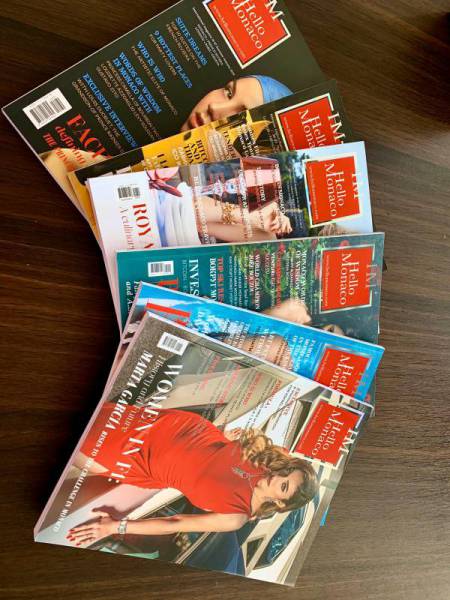“This one is not a museum.” This is what André Malraux, then Minister of Culture, said at the Maeght Foundation opening on July 28, 1964. These words fairly describe these walls to this day. The Foundation is not a museum, nor an art centre, nor a cultural institution, nor a sculpture park, nor a palace… It is a living story of love and friendship between an inspired, marvellous, visionary couple, Marguerite and Aimé Maeght, and that of the biggest 20th century art figures. That day, 60 years ago, witnessed something unprecedented and radically new. The doors initially opened to only welcome artist friends and culture personalities around conferences on art. And they never closed since.
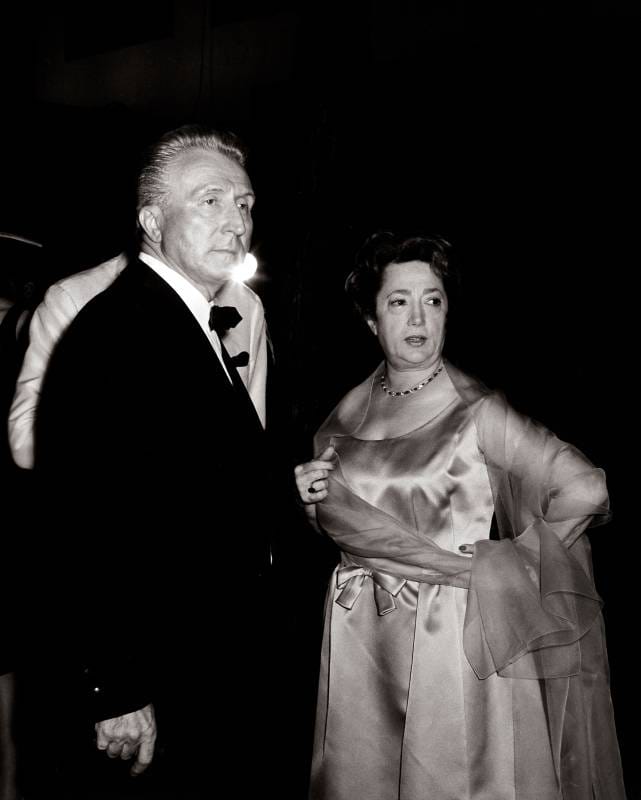
When you first walk into this place, surrounded by the fragrant nature of Saint-Paul de Vence, you feel something indescribable. A philosopher Vladimir Jankélevitch would name it a “je ne sais quoi”. It’s a strange feeling of wonder, fullness and serenity. As if time stood still, as if nothing existed except this magical communion between the elements and the founding works of modern times. Marguerite and Aimé Maeght must have left a part of their soul here. This foundation was born out of love for living artists (most of whom have since passed away) and to share their passion for modern and contemporary art with all audiences. Since then, millions of people from all continents have discovered this generous spirit inhabiting the walls, the gardens, the terraces, the chapel, the Giacometti courtyard and the Miró labyrinth…
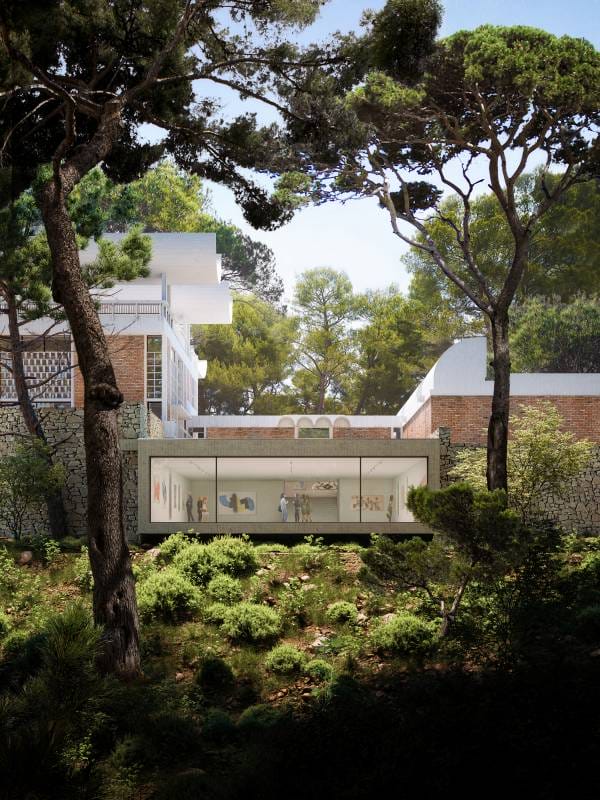
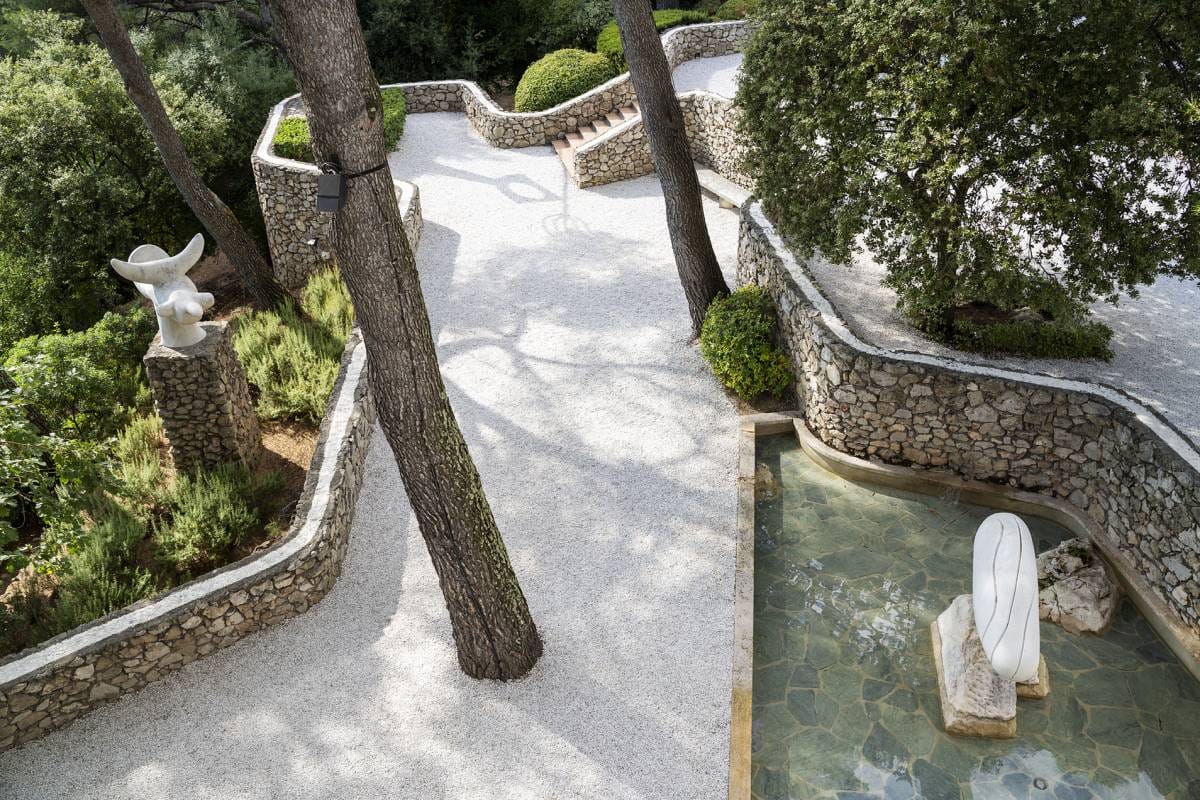
Suffering, friendship and redemption
This first foundation for modern and contemporary art in Europe, however, was born out of suffering and pain. Marguerite and Aimé Maeght had two sons. Adrien is still chairing the Foundation, preserving its memory and continuity. There was also his younger brother, Bernard. Taken away by leukemia at the age of twelve, this tragedy left the family deeply scarred … a family already profoundly linked to the biggest names in the world of art. Parisian Matisse and Bonnard dealers, the Maeghts were rubbing shoulders with the greatest precursors of modernity: Miró, Braque, Chagall, Calder, Chilida, Giacometti, Léger…
When their youngest son died, the artists did everything in their power to help the devastated parents. “We have to do something big!”. Everyone encouraged the Maeght couple. “I’ll bring you my smear. I’ll even paint the rocks,” — went Fernand Léger. And George Braque said it all: “When I have a serious problem, I opt for something that is totally beyond my control. So that it becomes the only thing I could think about!” This is how this crazy, grandiose, totally innovative project came about.
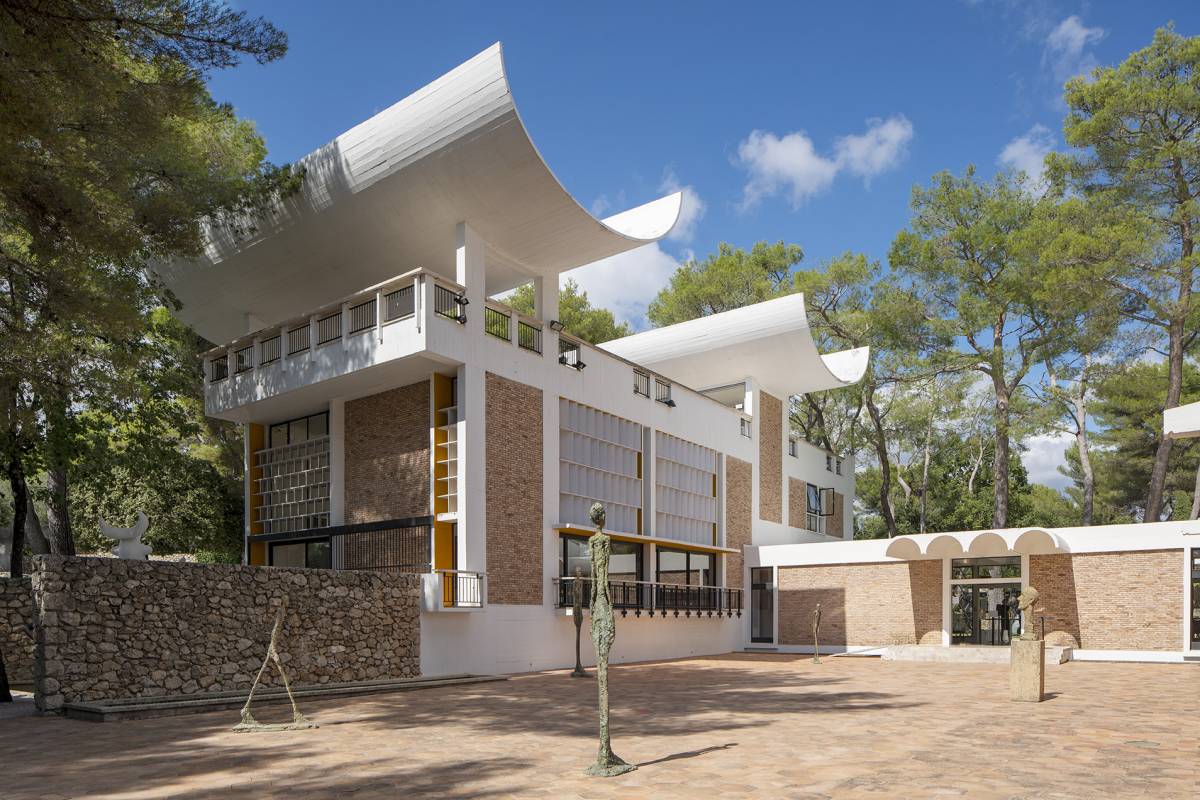
Nowadays the Maeght Foundation is celebrating its 60th anniversary, inaugurating new spaces designed by Silvio d’Ascia. The architect is following in the footsteps of Josep Lluís Sert who designed this historic building, blending into the landscape, respecting the relief, trees, panorama, preserving its nature and spirit.
“We doubled the surface area without touching on what was already there. We dug under the Giacometti courtyard and had the period materials manufactured identically. Silvio d’Ascia was chosen for his sensitivity and respect for the place. The Foundation’s architecture remained intact. With nothing seemingly changed, the digging gained us some 800 square metres of exhibition rooms, a terrace dedicated to Miró’s sculptures and large bay windows opening onto the valley”, — explains the Foundation’s administrator, Marguerite and Aimé’s granddaughter Isabelle Maeght.
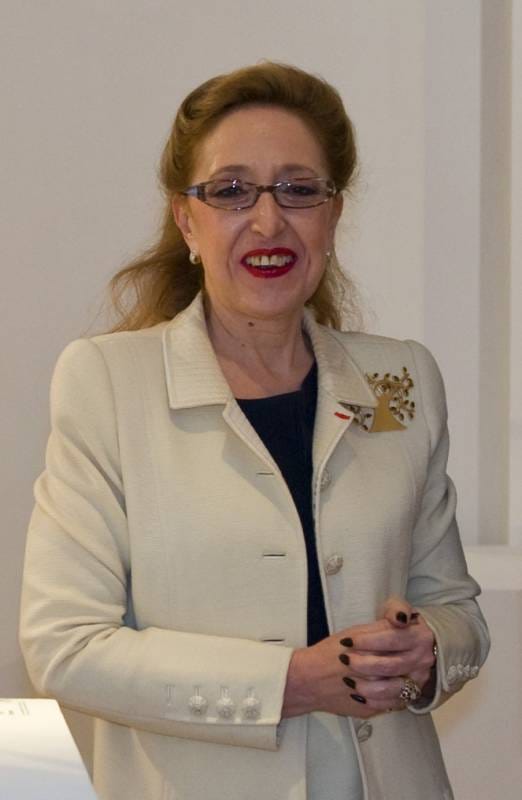
These adjustments will reveal more works to the public, given the Foundation’s impressive collections (more than 13,000 items). Thanks to the four new rooms, a permanent display and a temporary thematic exhibition will be simultaneously available.
Bonnard and Matisse this summer
The exhibition “Friendships, Bonnard-Matisse for the 60th anniversary of the Maeght Foundation” is open until October 6. The two great masters are the first to embark on this fabulous adventure. Their ties with the Maeght couple were unwavering. So much so that, according to Isabelle Maeght, it was her grandfather who would pick up Mrs. Matisse from the Orsay station, deported for Resistance activities during World War II. Quite an illustration of this extraordinary friendship.It was therefore a natural thing to choose these two painters for the 60th anniversary celebration.
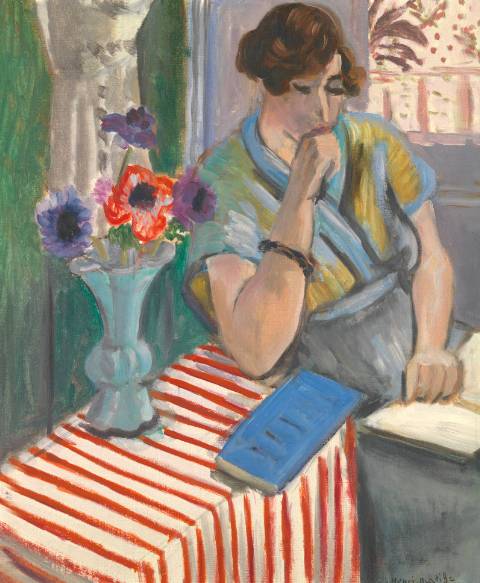
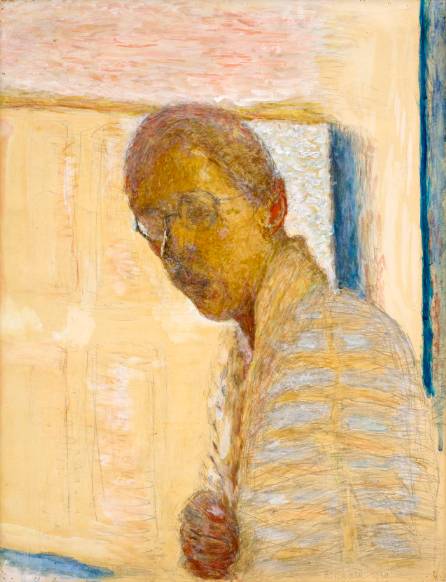
“This is an exhibition full of sensitivity and tenderness,” Isabelle Maeght is commenting. Rare works and numerous documents witness a story of friendship and art between the two men. Their visions of the Riviera light, landscapes, workshops and portraits, reveal the particularities of each one of the masters. A dreamlike and fascinating walk illustrating the importance of sharing, confrontations and links shaping the history of Art… the History that the Maeght couple served so well throughout their lives.

